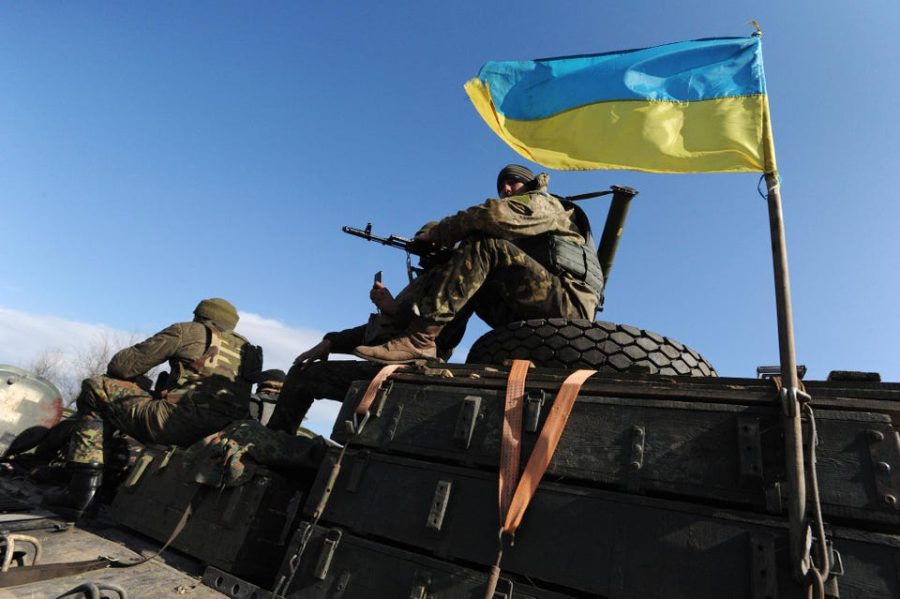
It was petrifying, shocking, and dazing. Most were surprised that they had the capability to do that, that they weren’t some big joke. And many were scared of their ability to do such a thing, to change the world and history in just a split second. But as unbelievable as it was, it happened.
Some didn’t want it to happen.
It was on October 4, 1957, that Sputnik I was launched into space by the Soviet Union. It shocked America, making them fear that the Russians could launch nuclear missiles as a military weapon. They were also terrified that they had beat them in launching a successful man-made object into space. The launching of Sputnik I began the Space Race, and also caused the making of NASA (National Aeronautics and Space Administration) so America could try to lead ahead.
The aluminum sphere that pierced into space is 58 cm in diameter and weighs 83.6 kg. It has four long, skinny antennas. The Soviet Union had feared that America’s satellite would be done before theirs. They were going to make a complex design with a lot of instruments.They had changed their plans and quickly built a more simpler one, Sputnik, in a month. It was named Sputnik, which means “companion” but is now basically the same thing as “satellite” in Russian.
Sputnik’s mission was to check the density of the atmosphere and to also test how future satellites could work out and be improved. Its longest distance from Earth was 588 miles and shortest distance was 142 miles. It was tilted 65.6 degrees to the equator and one orbit around Earth took about 98 minutes. It had circled the world many times before falling out of orbit.
Competitions come with victory and triumphs, disappointments and failures. Despite that, going head-first deeper amidst into space is a celebration for the world. One step at a time, everybody is uncovering the secrets of the bizarre universe they’re living in. And they are- even if they don’t want to accept it- are doing it as a group project. Together.

















